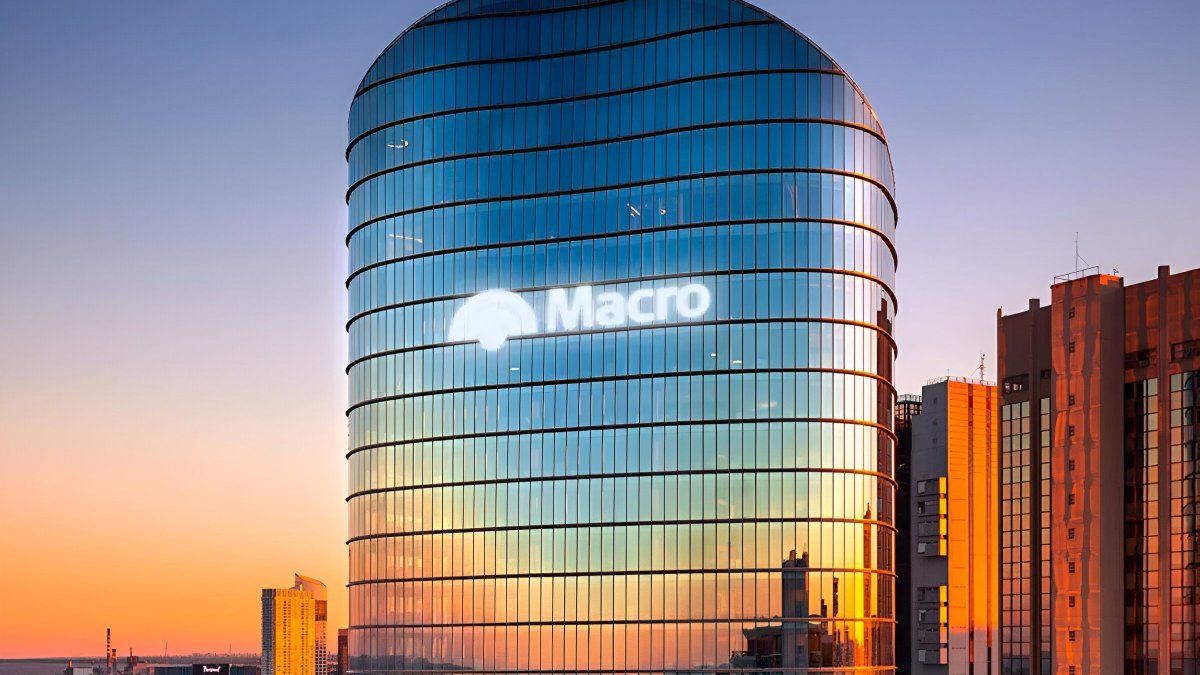Industry representatives traditionally use World Milk Day on June 1 to draw attention to the situation in the dairy industry. Times are “particularly exciting this year because there are enormous challenges,” said Franz Waldenberger, President of the Upper Austrian Chamber of Agriculture, today, Monday, at a press conference in Linz.
Like agriculture as a whole, the dairy industry is not spared from price increases for feed, diesel, fertilizer and energy. What had already become apparent in the first two years of the pandemic is now coming to a head due to the war in Ukraine. In one of the largest cost pools, feeding the cattle, the prices for grain and protein meal increased by around 50 percent compared to the previous year.
According to Waldenberger, it is a logical consequence that the dairy farmers receive more for their milk from the dairies. Nevertheless, he does not believe that the milk price has yet reached the ceiling. “There’s certainly still room for improvement, because the operating resource prices will continue to rise.” The milk price in Austria is currently between 44 and 50 cents net per kilo, with surcharges for organic, hay and organic hay milk.
Waldenberger pleads for “solidarity within the value chain” and sees retail as primarily responsible. The prices for consumers on the shelves would and would have to rise, also because large EU producer countries such as Germany, France and the Netherlands produced less.
670 milking robots in 630 farms
But not only in the overall European milk volume, but also in that in Upper Austria, there have recently been slight declines, said Karl Dietachmair, Director of the Upper Austrian Chamber of Agriculture. While farmers delivered 1.091 million tons of milk to dairies in 2019, the figure for the previous year was 1.082 million. There are 6084 milk suppliers in Upper Austria. The number of milking robots has increased during the pandemic, to 670 systems in 630 farms.
Source: Nachrichten




